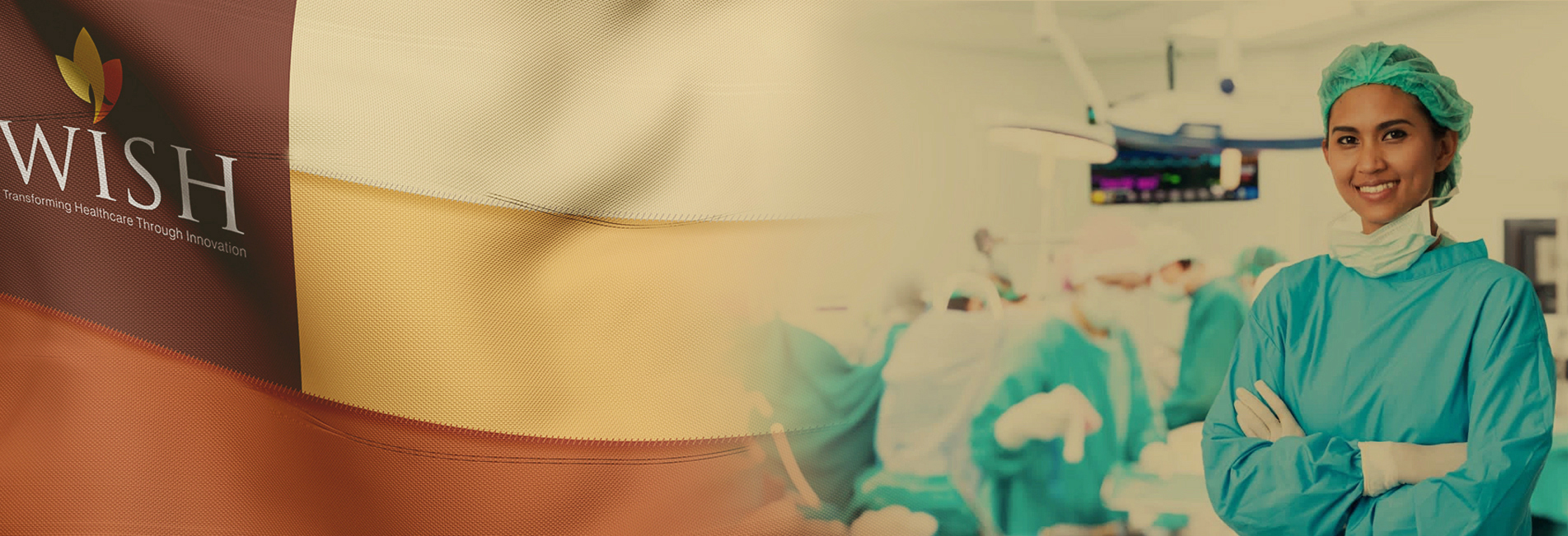
Health And Wellness Centers
LEHS|WISH d-HWC model is the recipient of the prestigious “Innovation in Healthcare” Award from the Union Health Minister Dr. Harshvardhan during the Arogya Manthan Summit in 2019.
The d-HWCs are completely aligned with Indian Public Health Standards (IPHS) 2012 Guidelines, and the centers are modelled as per the National Health Policy (NHP) 2017. Our model of d-HWCs addresses preventive, promotive, basic curative and rehabilitative healthcare needs
LEHS|WISH operates 66 d-HWCs across 4 states i.e. Rajasthan, Madhya Pradesh, Uttar Pradesh & Assam wherein the division demonstrates and positions this universal solution clubbed with unique learning across primary healthcare structures as follows:
- UPHCs – 39.4 %
- PHCs – 37.88%
- Sub Centres – 33.33%
The model leverages the Government’s funding for staff, supplies, and infrastructure. The d-HWCs deliver twelve essential primary care services to the last mile. Systemic gaps are addressed by leveraging innovations in technology and service, including tele-health, EHR, e-Prescribing and medicine vending machines, essential point-of-care diagnostics, digital inventory management tool to reduce stock-outs and pilferage, and linkages to India’s universal insurance scheme (PMJAY).
The tele-health solution demonstrates twin approach i.e. beneficiary to provider as well as provider to provider interface for tele-consultations with general and specialist RMPs thereby creating triaged referral resulting in reduced burden on the secondary and tertiary healthcare facilities as well as enhanced access to assured services as envisaged under Ayushman Bharat.
The SWASTHYA ATM auto medicine dispensation through QR code on e-prescription provides for enhanced drugs as per the EDL mandated for the primary health care even at the sub centers even in the absence of the pharmacist fulfilling legal adherences as well as resulting in reduced OOPEs across communities.
The EHR integrated with POCDs provides diagnostics as well as screening mechanism within the primary health care system across services as well as at the hub for informed decision making thereby further enabling provisional diagnosis further impacting the OOPEs of the BoP population as well as enhanced access to appropriate cure. EHR is equally a robust digital registration system capturing the patient socio-demographic and clinical history creating a beneficiary electronic record. This helps in generating the epidemiological profile for the population and has the potential to be linked to higher healthcare research needs for futuristic health sector planning and management creating an impact on healthcare financing.
The d-HWCs have a structured support mechanism for geo-time tabbed digitized supervision by district officers at a pre-defined / need based frequency assuring critical clinical, SCM, product and operational quality assurance within facilities are reviewed on a real time basis at state & national level.
The Health Care Providers through a digital ticketing system are able to raise concerns / issues within facilities on real time. These tickets are then directed based on category for immediate resolve. Analysis on TATs, pendency’s with factors / reasons provide insights for mid-course correction as well as optimal operations within facilities.
Going forward, the d-HWC is aiming towards:
- Creating a common evaluation platform in-line with NDHBP’s requirements for assessing quality services delivered within facilities for informed decision making and planning.
- E-learning: Devising an E-Learning platform for Mid-Level Service Provider (MLSP) for building skilled HR within the primary health sector
- CDSS: Clinical decision support system (CDSS) is being developed for the paramedics /primary health care workers
RESULTS
- Total Consults: 1,25,726 out of which 29,043 (23.1%) are specialist consults.
- Episode Status: 16.4% are repeat patients within the d-HWCs.
- Referrals: 1% (1,229) were referred to higher facilities through tele consults.
- Diagnostic: 14.5% of the beneficiaries were prescribed with diagnostic tests.
- Access Equity:
- 4% females are accessing teleconsultations.
- Consults access disaggregated by age:
| Age groups accessing facility services (in percentage) | ||
| 0 to 5 years: 9.2 | 6 to 9 years: 6.1 | 10 to 14 years: 10.5 |
| 15 to 19 years: 9.2 | 20 to 24 years: 7.5 | 25 to 29 years: 7.7 |
| 30 to 49 years: 23.8 | Above 50 years: 25.9 | |
- Out of Pocket Expenditure: 6%-point reduction can be seen at CHCs indicating reduction of burden i.e. crowding at higher facilities as well as impacting OOPE’s
- Acceptability: 92.6% beneficiaries have shown their willingness to revisit and recommend health facilities thereby demonstrating acceptability on the quality of service delivered within facilities.
- Effectiveness: 87% of the tickets generated were resolved as per the mandated TATs across the states.
